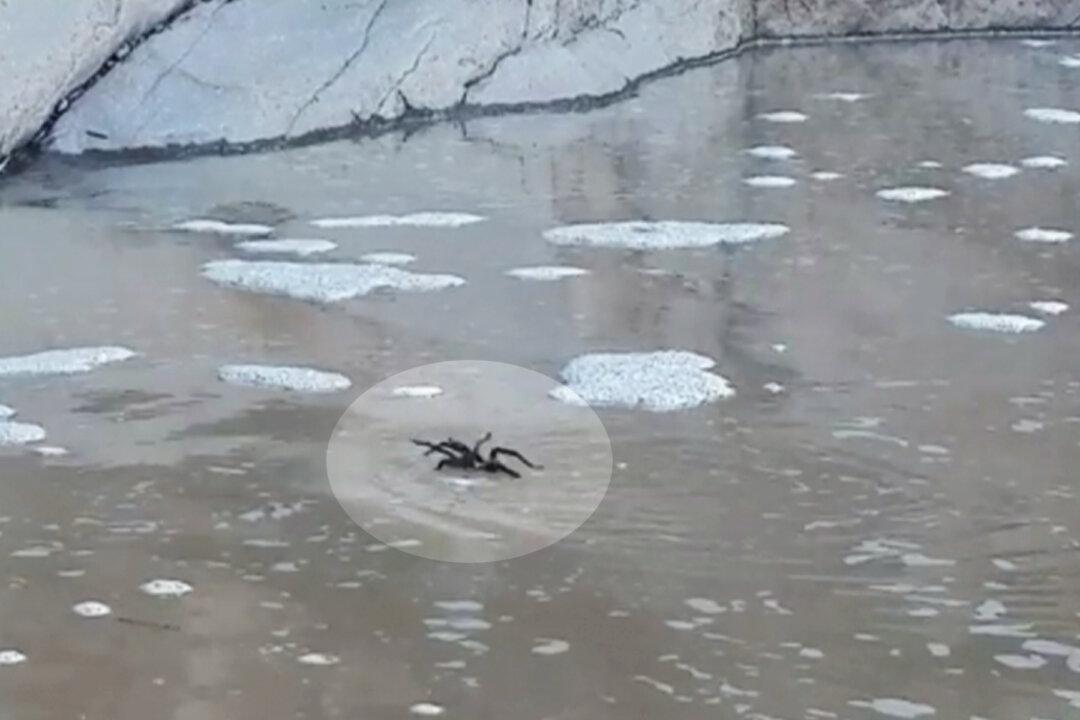To everyone trying to beat the summer heat by taking cool dips in your local outdoor creek, beware: You could be sharing your favorite swimming hole with a furry eight-legged giant spider.
That’s right, tarantulas can swim. And this horrifying video has the proof.





